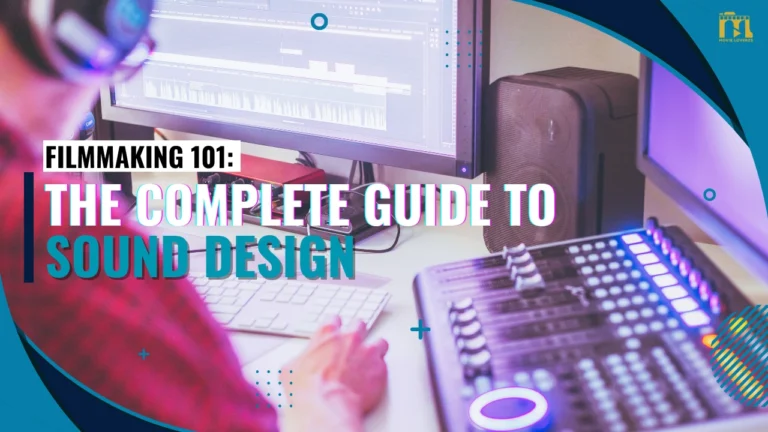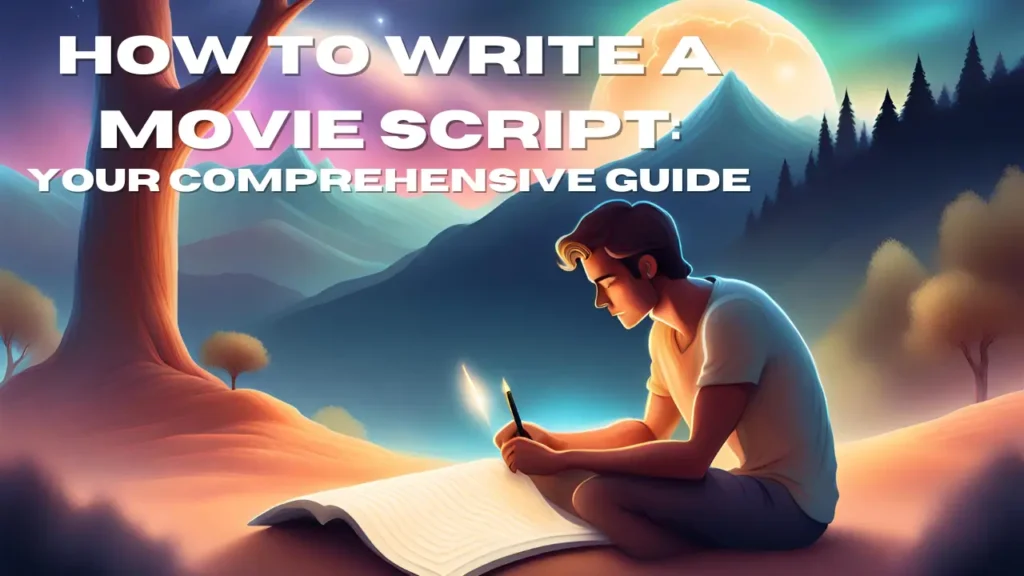Table of Contents
ToggleAs a filmmaker, you know the importance of sound design in creating an immersive cinematic experience. Sound is an essential component of any movie, and it can make or break your film.
In this guide, we will cover everything you need to know about sound design for filmmakers.
From the basics of sound design to advanced techniques, we will take you on a journey that will help you enhance the audio of your movies.
What is Sound Design?
Before we dive deep into sound design, let’s start with the basics. Sound design is the process of creating and manipulating audio elements to create a desired effect in a film.
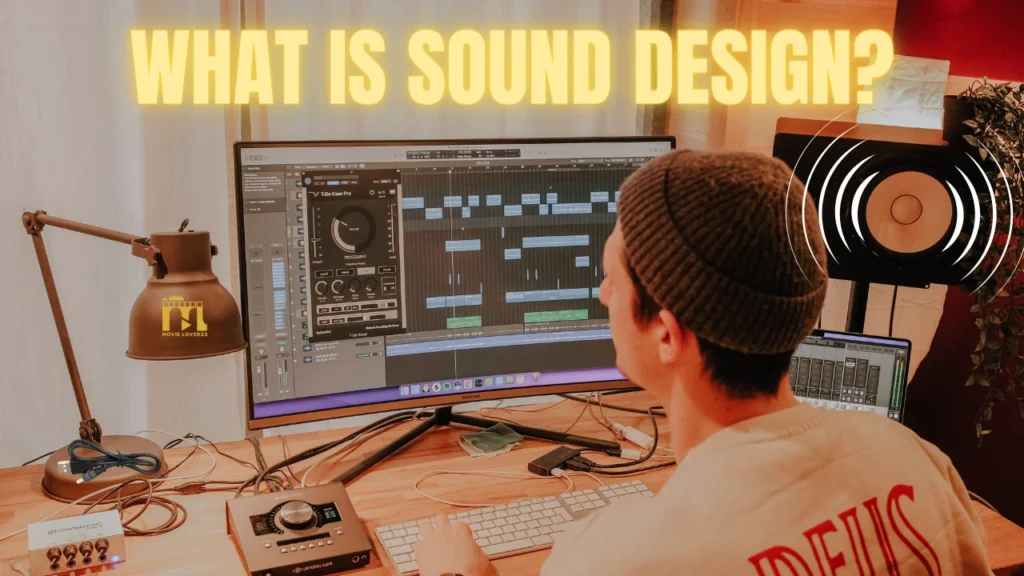
This can include music, sound effects, dialogue, and ambient sounds. The goal of sound design is to create a realistic and immersive audio experience for the audience.
Importance of Sound Design in Filmmaking
Sound design is an integral part of filmmaking. It enhances the visual experience of a movie by creating an emotional connection with the audience.
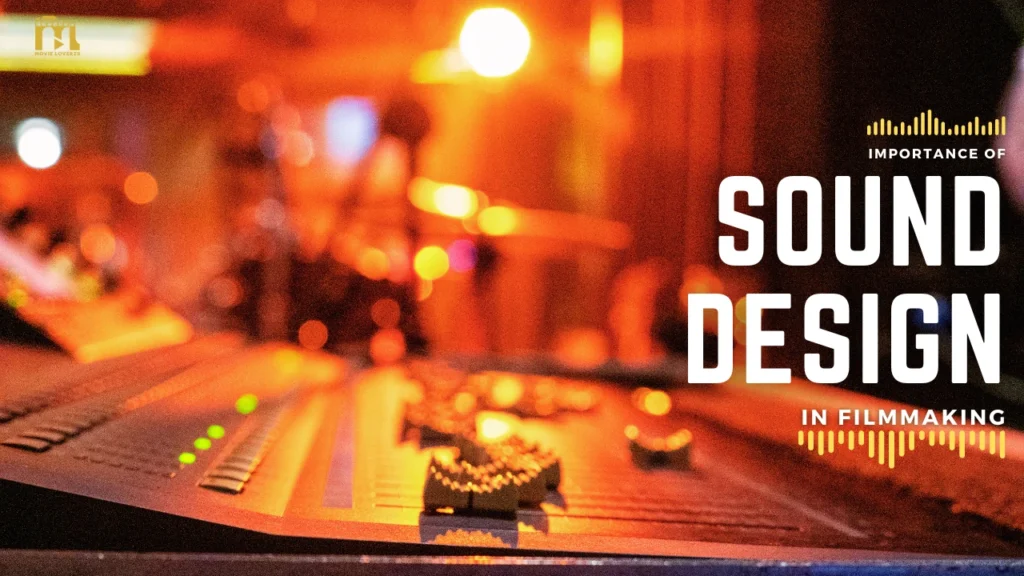
Sound can be used to build tension, set the mood, and create a sense of realism in a film. It can also be used to highlight important story elements and characters.
The impact of sound design can’t be underestimated, and it can make a significant difference in the success of a film.
Understanding Sound
Before you can start designing sound, it’s important to understand the basics of sound. Sound is created by vibrations that travel through the air and are captured by our ears.
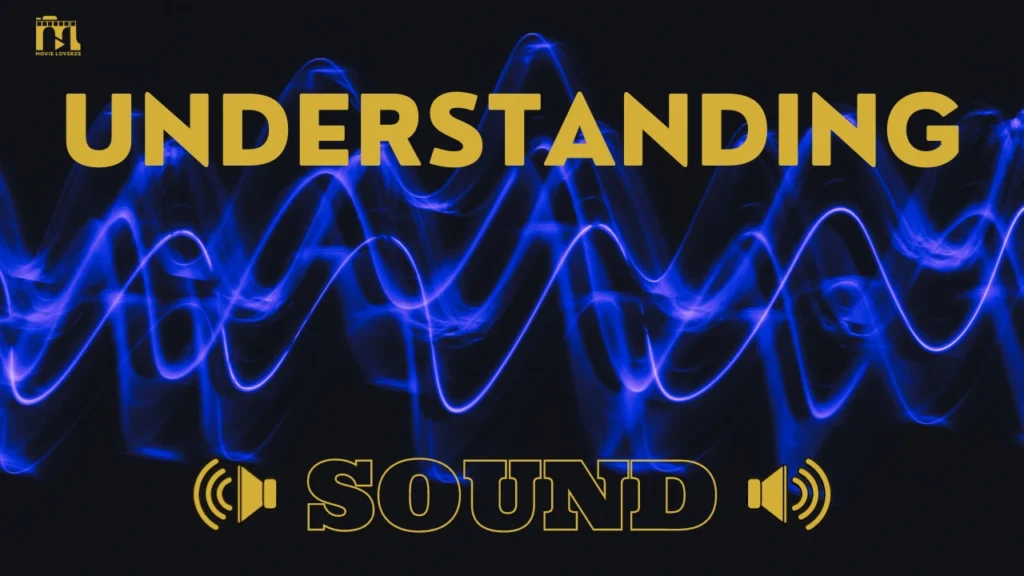
These vibrations can be measured in terms of frequency and amplitude. Frequency is measured in hertz and determines the pitch of a sound, while amplitude is measured in decibels and determines the volume of a sound.
The Elements of Sound Design
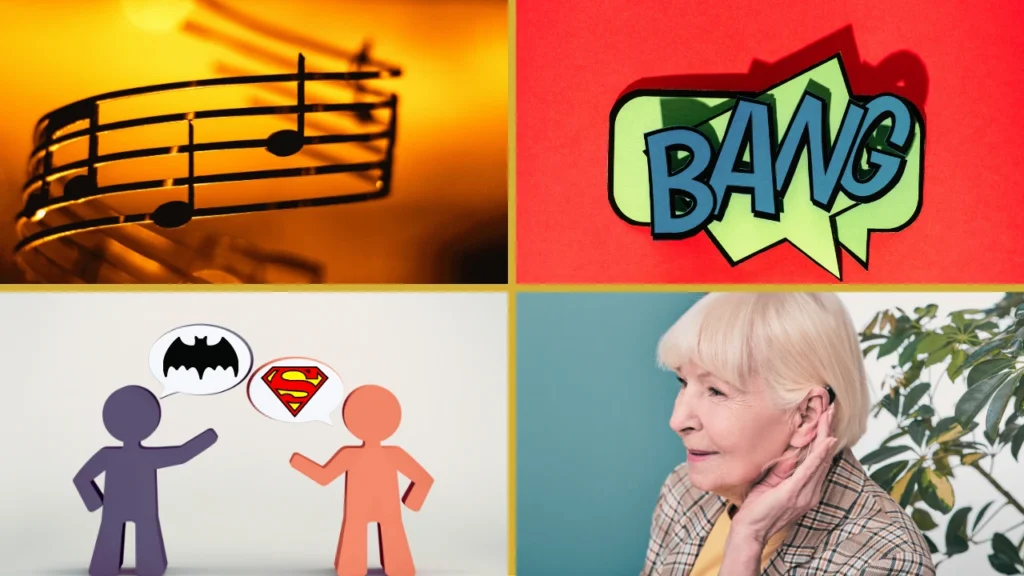
There are four elements of sound design that you need to consider when creating audio for your film: music, sound effects, dialogue, and ambient sounds.
Music
Music is one of the most important elements of sound design. It can be used to set the tone of a scene, evoke emotions, and create a sense of tension.
The right music can make a good film great and can take your movie to the next level. When selecting music, it’s important to consider the genre, the tone of the scene, and the emotional impact you want to create.
Sound Effects
Sound effects are used to create a sense of realism in a film. They can be used to enhance the visuals, emphasize actions, and create tension.
When selecting sound effects, it’s important to consider the context of the scene, the emotion you want to convey, and the impact you want to make on the audience.
Sound effects can range from simple ambient sounds to complex special effects, and the right selection can make all the difference in your film.
Dialogue
Dialogue is the spoken words of your characters and is a crucial element of sound design. It can be used to reveal the story, develop characters, and create emotional connections.
When recording dialogue, it’s important to capture clear and crisp audio that is free from background noise.
The right dialogue delivery can make a big impact on the audience and can bring your characters to life.
Ambient Sounds
Ambient sounds are the background sounds that are present in a scene. They can be used to create a sense of location, time, and mood.
Ambient sounds can include sounds of nature, traffic, crowds, or anything else that adds to the realism of the scene.
When selecting ambient sounds, it’s important to consider the setting of the scene and the emotions you want to evoke.
Sound Recording and Editing
Now that we have covered the basics of sound design, let’s dive into the technical aspects of recording and editing sound.
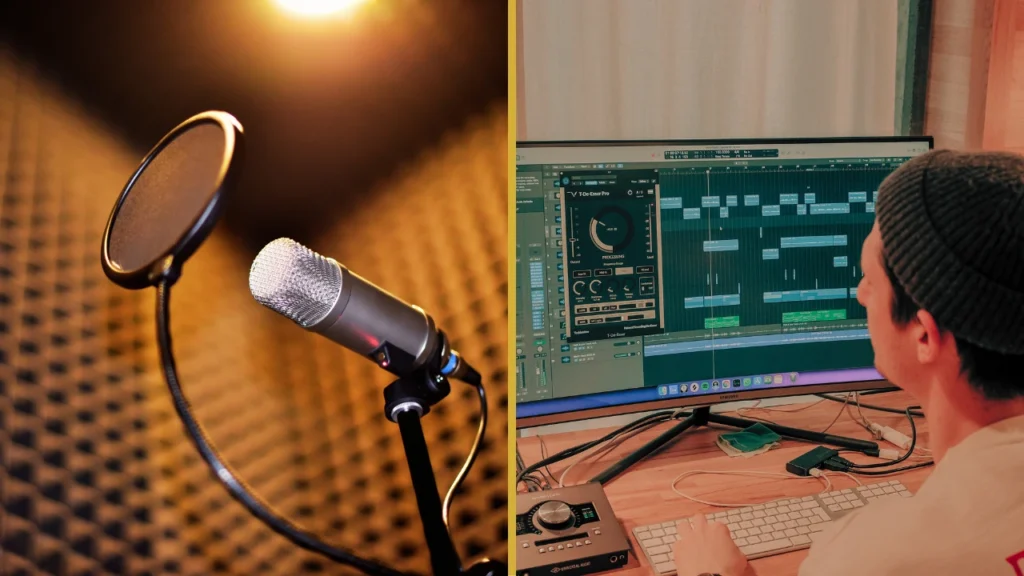
The quality of your sound recording and editing can make a significant difference in the final product of your film.
Here are some tips to help you get the best sound possible:
Recording
- Use a high-quality microphone
- Record in a quiet location
- Monitor your audio levels to avoid clipping
- Record room tone for ambient sounds
Editing
- Use a Digital Audio Workstation (DAW) for editing
- Clean up background noise using noise reduction tools
- Use EQ to balance the frequency of your audio
- Use compression to even out the volume of your audio
- Add effects to enhance your sound
Advanced Sound Design Techniques
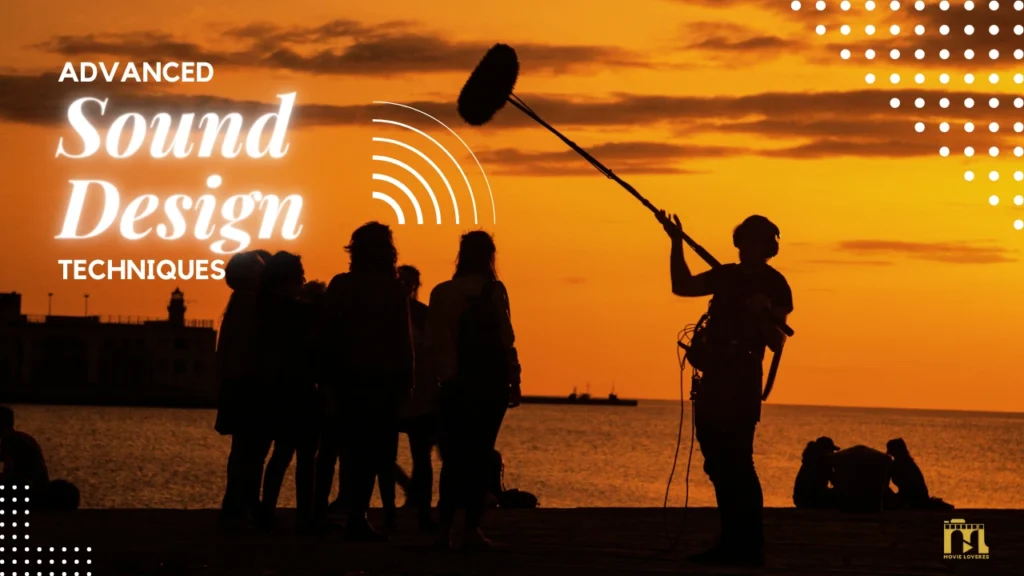
If you want to take your sound design to the next level, there are several advanced techniques you can use.
Here are some examples:
- Foley: The process of creating sound effects by recording real-world sounds and syncing them to the visuals.
- Soundscapes: Creating a full audio environment by layering sounds to create a sense of space and depth.
- Score blending: Blending the score with sound effects to create a seamless audio experience.
Resources for Sound Design
If you want to learn more about sound design for filmmakers, there are plenty of resources available online.
Here are some recommendations:
- “The Foley Grail” by Vanessa Theme Ament – A comprehensive guide to Foley sound effects.
- SoundWorks Collection – A YouTube channel featuring interviews with sound designers and behind-the-scenes looks at sound design in film and TV.
- Pro Sound Effects – A website that offers professional sound effects libraries and resources for sound designers.
- AudioJungle – A website that offers royalty-free music and sound effects for filmmakers and content creators.
FAQs
What is sound design in film?
Sound design is the process of creating and manipulating audio elements to create a desired effect in a film. This can include music, sound effects, dialogue, and ambient sounds.
Why is sound design important in filmmaking?
Sound design is important in filmmaking because it enhances the visual experience of a movie by creating an emotional connection with the audience. Sound can be used to build tension, set the mood, and create a sense of realism in a film.
What are the elements of sound design?
The elements of sound design include music, sound effects, dialogue, and ambient sounds.
What are some advanced sound design techniques?
Advanced sound design techniques include Foley, soundscapes, and score blending.
How can I improve my sound recording and editing skills?
You can improve your sound recording and editing skills by using high-quality equipment, recording in a quiet location, monitoring audio levels, using a DAW for editing, and experimenting with different techniques and effects. Don’t be afraid to try new things and take risks with your sound design. Remember, sound is an emotional language that can connect with your audience on a deeper level.
What are some common sound effects used in films?
Common sound effects used in films include footsteps, gunshots, explosions, and animal sounds.
What software should I use for sound design?
There are many software options available for sound design, including Pro Tools, Logic Pro X, and Ableton Live. It’s best to choose the software that best fits your needs and workflow.
Can I use royalty-free music and sound effects in my films?
Yes, you can use royalty-free music and sound effects in your films. Just make sure to check the licensing terms and restrictions of the specific music or sound effects you plan to use.
Conclusion
In conclusion, sound design is a critical aspect of filmmaking that should not be overlooked. It can enhance the visual experience and evoke emotions in your audience that will leave a lasting impression.
By using the techniques and principles discussed in this guide, you can take your sound design skills to the next level and create an immersive audio experience that will elevate your film.
Remember, the key to successful sound design is to pay attention to the details, be creative, and use sound as an emotional language to connect with your audience.

